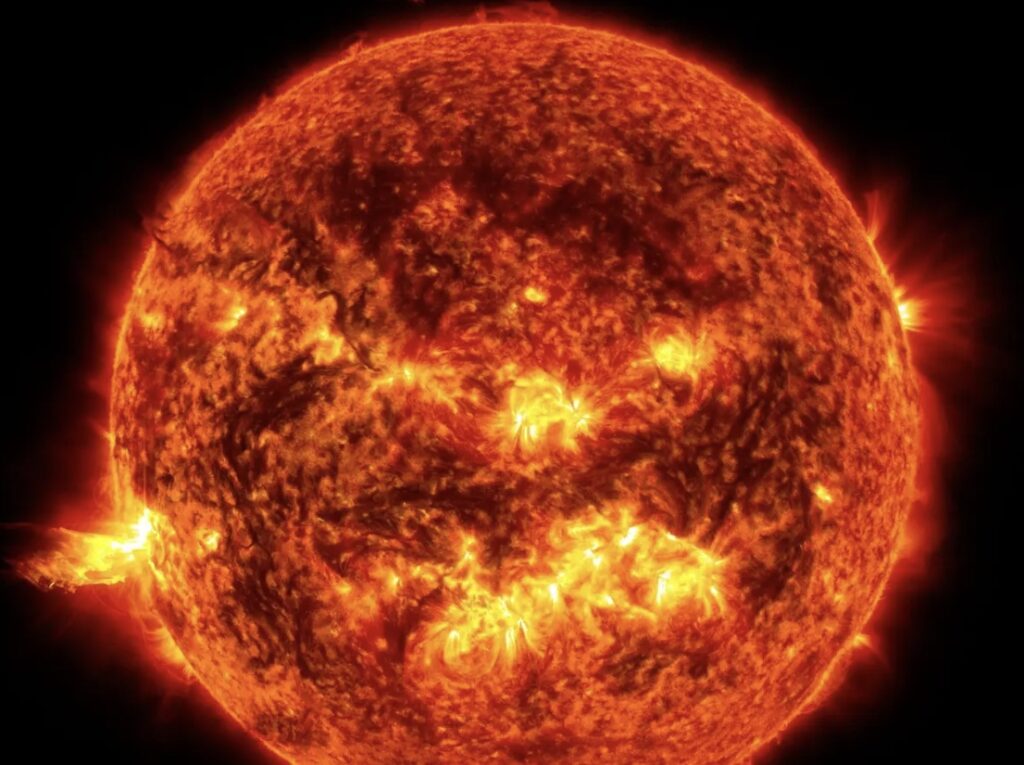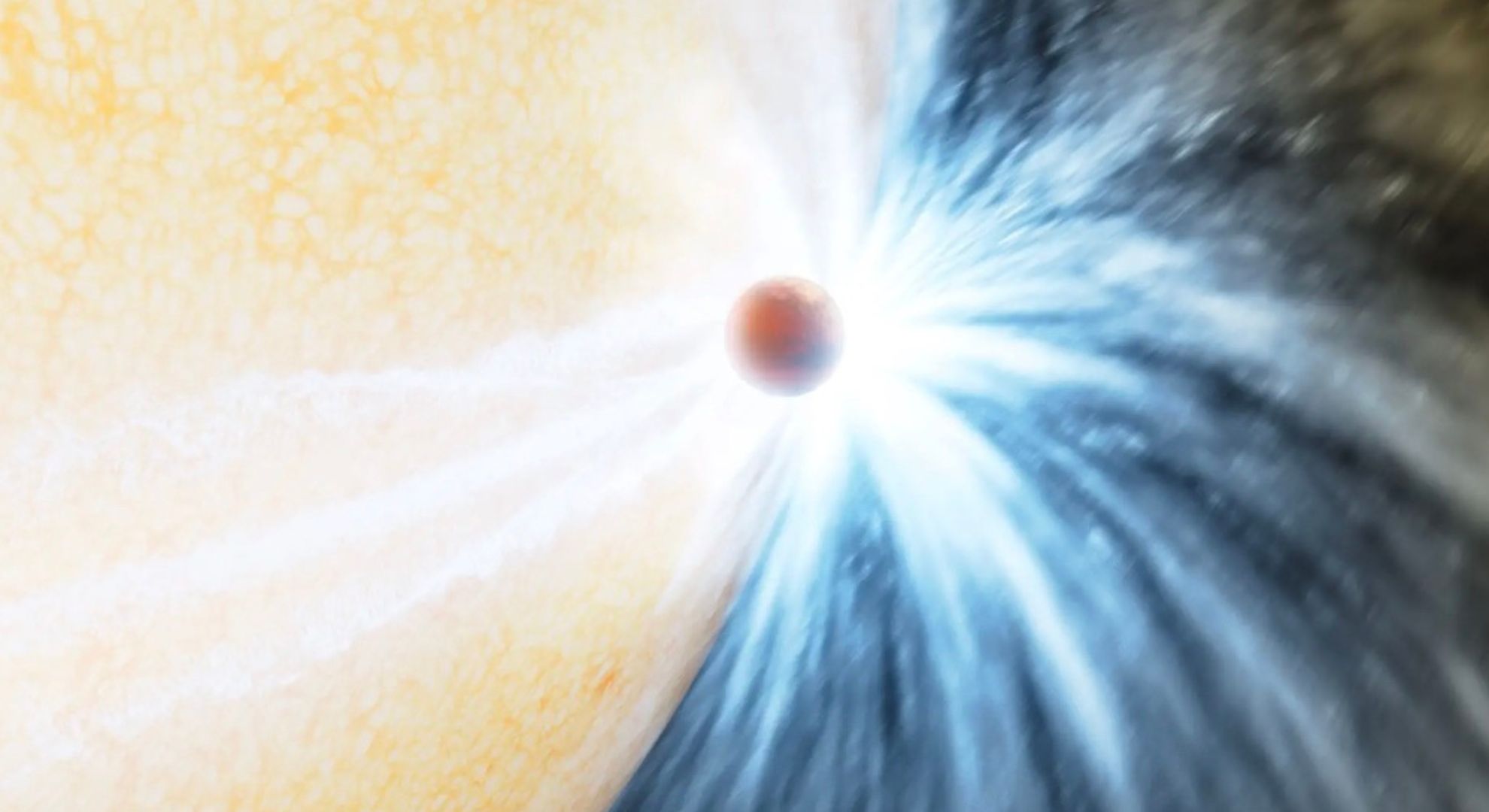Earth will eventually face its death in the future, just as what happened to a distant Jupiter-sized planet.
The atmosphere of the alien star has begun inflating outward towards the orbiting planet since it burned the last of its hydrogen fuel, leading to its swelling 100 times its original size. The planet, meanwhile, was spiraling closer towards the swollen star with each orbit.
The dying star’s atmosphere surrounded the planet, leading to the latter’s absorption into the core. When the planet was wholly absorbed, it caused an energy explosion that excreted the star’s outer layers. The gas from the star’s ejected layers turned into a cloud of dust after its cooldown. That cloud of dust somehow left evidence that the planet was once placed there.
Astronomers have determined that the star from 12,000 light-years away exploded with white-hot light, expanding 100 times brighter in just 10 days, before it faded and cooled down.
In about 5 billion years, Earth, along with other inner planets that include Mercury and Venus, will have the same fate of death as the planet that was mentioned earlier when the sun burns out and swells.

Kishalay De, a postdoctoral fellow at MIT’s Kavli Institute for Astrophysics and Space Research who led the discovery, claims that they are trying to predict Earth’s fate in the years to come.
“We are seeing the future of the Earth,” said De in a press release. “If some other civilization was observing us from 10,000 light-years away while the sun was engulfing the Earth, they would see the sun suddenly brighten as it ejects some material, then form dust around it, before settling back to what it was.”
De and his other colleagues from Harvard University, Caltech, and other institutions publicized their findings in the journal Nature on May 10.
Other POP! stories that you might like:
Scientists finally reveal what’s inside the moon
Harvard Etiquette expert reveals 3-word response to handle rudeness with grace
Dogs living in the radioactive site of Chernobyl have altered genes, study finds
Kim Seon Ho set to make his big screen debut in an action thriller film slated for June 2023 release
Sarah Geronimo’s iconic choreography of ‘Tala’ changes during her 20th anniversary concert.



